The flat-headed cat is an endangered small wild cat species in Sumatra, Borneo, and the Malaysian Peninsula, extending into Thailand.
Scientific Name: Prionailurus planiceps
Conservation Status: Endangered
Lineage – The flat-headed cat belongs to the Leopard cat lineage, which includes the fishing cat, rusty-spotted cat, Sunda leopard cat, leopard cat and Pallas’s cat.
Interesting flat-headed cat facts
- First described in 1827.
- The cat’s physical appearance has been compared to that of a civet, a cat-like mammal.
- They wash objects in the water like a raccoon.
- Fewer than 3,000 flat-headed cats are left in the wild.
- Its diet consists mainly of fish, frogs, and other aquatic animals.
More About the Flat-headed Cat
Physical characteristics
The flat-headed cat gets its name from a depression in its skull, which runs along the nose to the cat’s muzzle.
Flat-headed cats have small, rounded ears positioned lower down on the side of the head. The cat’s thick, long fur is red-brown on top of the head and a mixture of brown and white on the body. The cat’s chin and muzzle are white, as well as its underbelly. There are white streaks between the eyes on either side of the cat’s nose.
A flat-headed cat’s eyes are closer together and farther forward than other cats, giving it binocular-like vision. It has long, narrow feet with more webbing than a fishing cat with claws are not fully retractible.
| Flat-headed cat | FROM | TO |
| Weight | 3.3 lbs. | 5.5 lbs. |
| Length | 16 in. | 21 in. |
| Tail | 5.1 in. | 5.9 in. |
Location and habitat
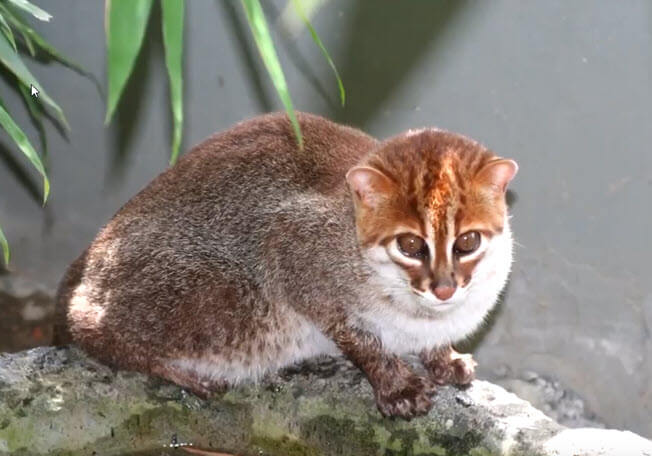 Flat-headed cats inhabit Borneo, Thailand, Malaysia, and Sumatra. They are usually found in tropical rainforests, swamps, and marshes and are most often seen walking on riverbanks.
Flat-headed cats inhabit Borneo, Thailand, Malaysia, and Sumatra. They are usually found in tropical rainforests, swamps, and marshes and are most often seen walking on riverbanks.
Places where the flat-headed cat has been observed and recorded:
- Malaysia – Pasoh Forest Reserve, Maludam National Park, Ulu Sebuyau National Park
- Sumatra – Kampar Peninsula
- Borneo (Kalimantan) – swamp forests near Sabangau National Park
General behavior
Flat-headed cats lead solitary lives and are primarily active at night and possibly twilight. They have been seen washing objects like raccoons. They make noises similar to a domestic cat, including purring. Because the cat lives in wetlands with heavy vegetation, research and studies have been difficult.
Hunting and prey (diet)
Flat-headed cats mostly hunt for fish but have also been seen feeding on chickens, rats, frogs, and crustaceans. Birds and fruits may also be part of the cat’s diet. They have been seen washing objects and swimming across rivers.
Reproduction and lifespan
More information is needed on the mating habits of wild flat-headed cats. Pregnancy (gestation) is estimated at 56 days. Lister size is approximately 1 to 2 cubs. The cat’s lifespan is approximately 14 years.
Conservation threats
Flat-headed cats’ conservation threats include habitat degradation and loss, usually from expanding palm oil plantations. The cat’s prey is also being contaminated by water pollution. Other conservation issues include snaring and poisoning.
Flat-headed cat research and quotes
2010 Modelling the Species Distribution of Flat-Headed Cats (Prionailurus planiceps), an Endangered South-East Asian Small Felid | Hofer, Dech et al. “The flat-headed cat can serve as a flagship species for the protection of several other endangered species associated with the threatened tropical lowland forests and surface fresh-water sources in this region.”

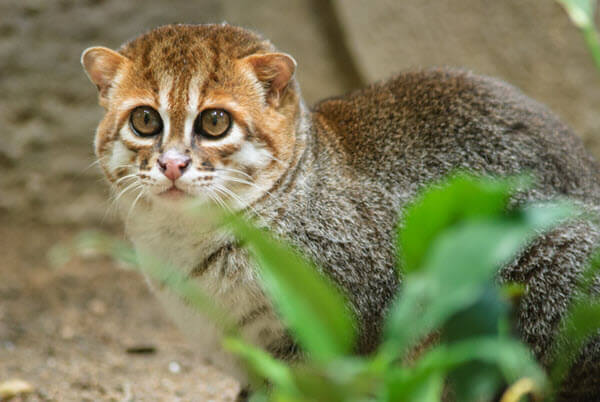
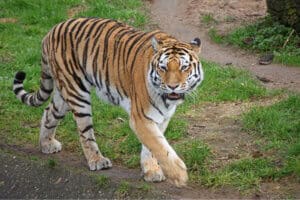
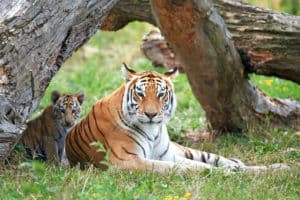
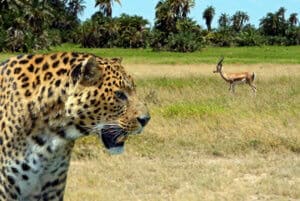



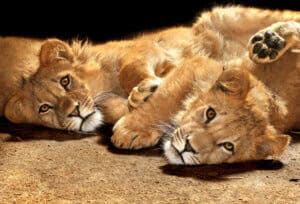




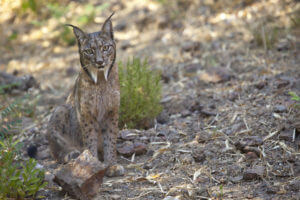




0 Comments